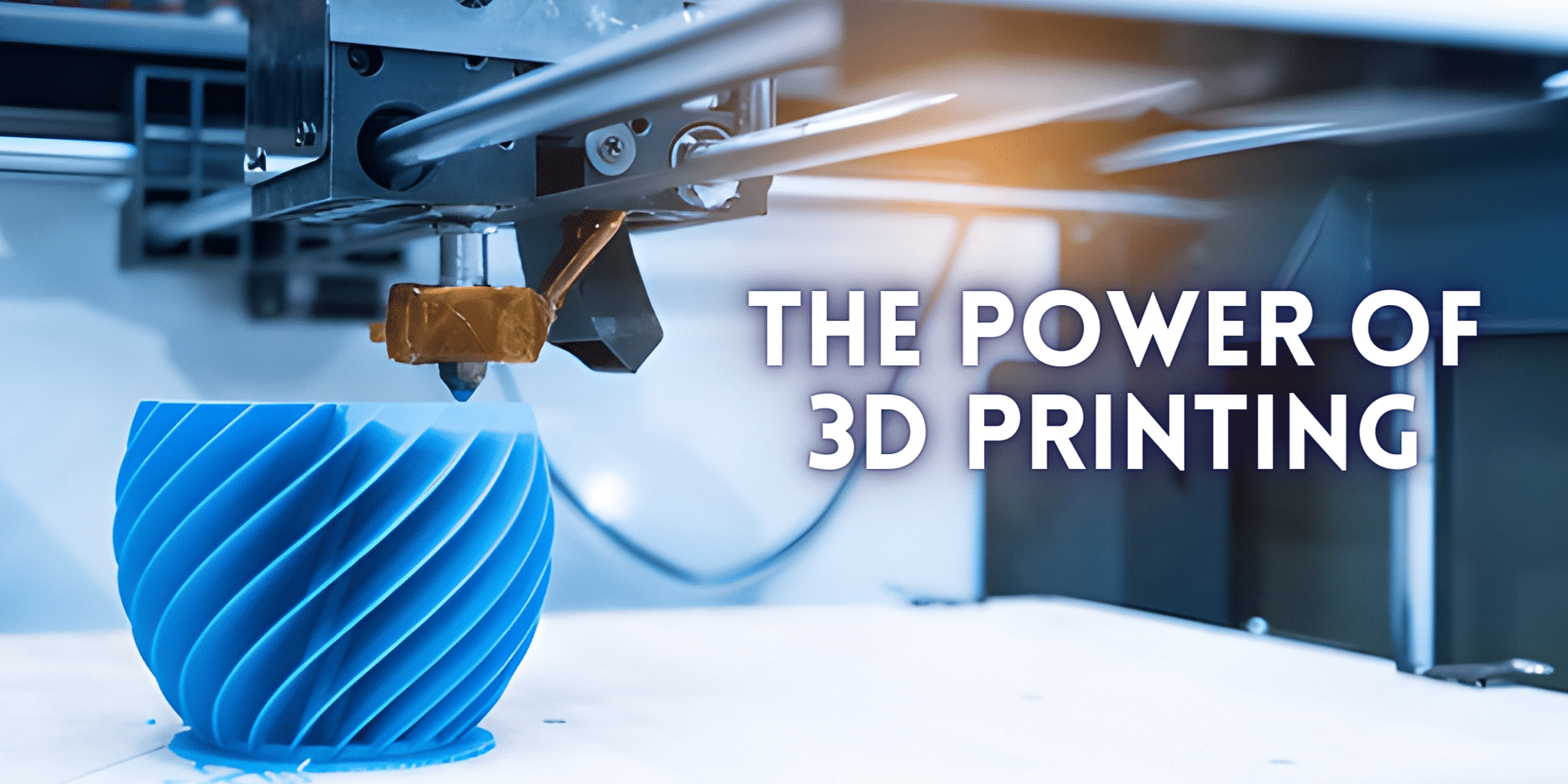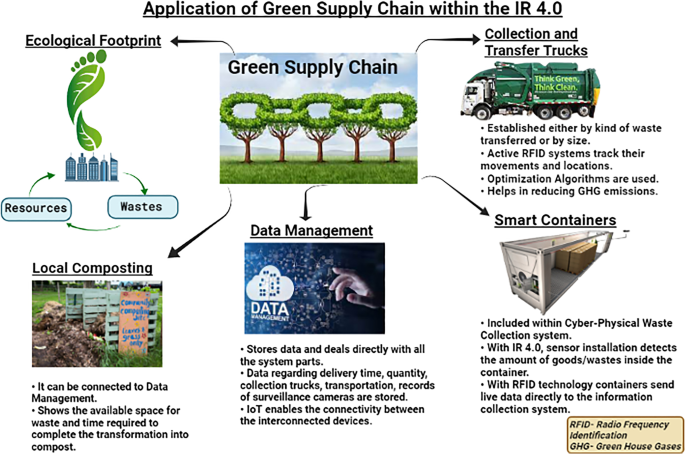The Future is 3D – Exploring the Possibilities of 3D Printing and Prototyping
In recent years, 3D printing technology has revolutionized various industries, offering endless possibilities for innovation and customization. This disruptive technology has sparked excitement and intrigue, as it enables the creation of complex objects with incredible precision and speed. From manufacturing to healthcare, 3D printing is reshaping the way we approach design, prototyping, and production. In this blog post, we will explore the potentials of 3D printing and its impact on our future.
1. 3D Printing: A New Frontier
3D printing, also known as additive manufacturing, is a process of creating physical objects layer by layer from a digital design. Unlike traditional subtractive methods, such as CNC machining, 3D printing adds material instead of removing it. This approach allows for intricate and geometrically complex designs that would otherwise be challenging or impossible to produce.
2. Advancements in Materials
One of the remarkable aspects of 3D printing is the range of materials it can handle. Early on, plastics were the primary materials used, but the technology has rapidly advanced to accommodate metal alloys, ceramics, concrete, and even living cells. This diversity expands the applications of 3D printing to various industries, from aerospace to fashion.
3. Rapid Prototyping: From Idea to Object
Traditionally, prototyping involved time-consuming and expensive processes. With 3D printing, designers and engineers can iterate quickly, bringing concepts to life in a matter of hours or days. This accelerated timeline enables faster product development cycles, reduced costs, and increased innovation. From concept verification to functional testing, 3D printing streamlines the prototyping process like never before.
4. Customization and Personalization
One of the most significant advantages of 3D printing is its ability to create highly customized and personalized products. By leveraging digital design tools, individuals can customize objects according to their unique preferences and needs. From personalized jewelry to tailored prosthetics, 3D printing empowers individuals to have a direct impact on the creation process, resulting in products that align with their specific requirements.
5. Distributed Manufacturing
Traditional manufacturing often relies on centralized factories and extensive supply chains. In contrast, 3D printing opens up the possibility of distributed manufacturing. By decentralizing production, businesses can reduce shipping costs, minimize environmental impact, and respond quickly to customer demands. This shift towards local production has the potential to reshape entire industries and transform the global supply chains as we know them.
6. Challenges and Future Directions
While 3D printing holds immense promise, it also faces certain challenges. Cost, scalability, and the availability of skilled operators are among the key concerns. However, ongoing advancements in technology and material science are gradually addressing these challenges. Researchers are exploring new methods, such as multi-material and multi-functional printing, which will further expand the capabilities of 3D printing.
7. Conclusion
The future is undoubtedly 3D, with this groundbreaking technology shaping industries in profound ways. From rapid prototyping to customization and distributed manufacturing, 3D printing is ushering in new possibilities that were once unimaginable. As technology continues to evolve, we can expect further advancements, lower costs, and expanded applications for 3D printing. Embracing this technology will enable businesses and individuals to unlock their creative potential and contribute to a future of endless opportunities.
In conclusion, 3D printing offers a glimpse into a world of limitless imagination and innovation. By harnessing its power, we can unlock new frontiers across industries, simplify manufacturing, and create products that were once only dreams. The future is indeed three-dimensional, and with the right mindset, we can shape it to meet our wildest aspirations.











